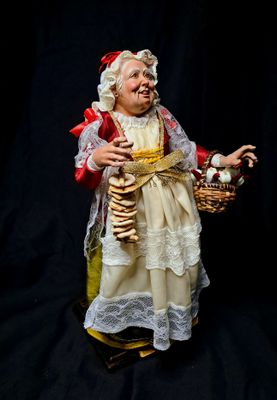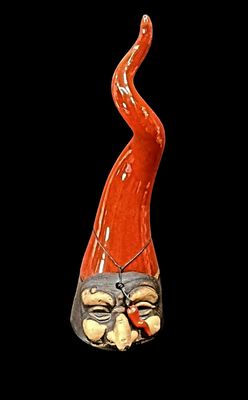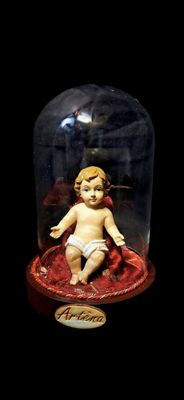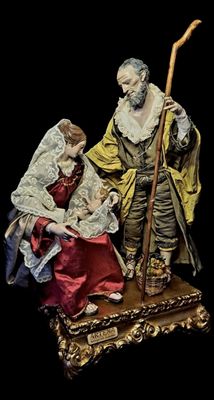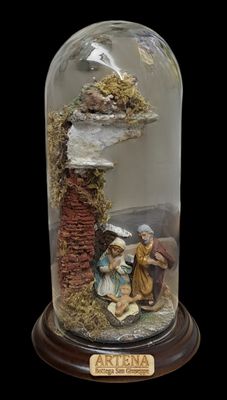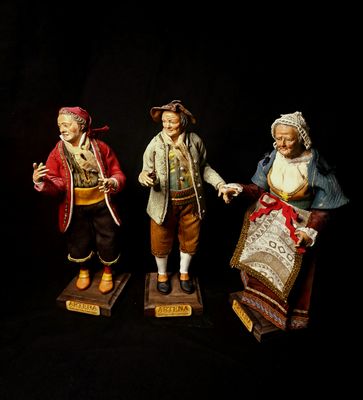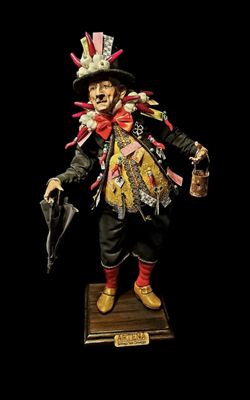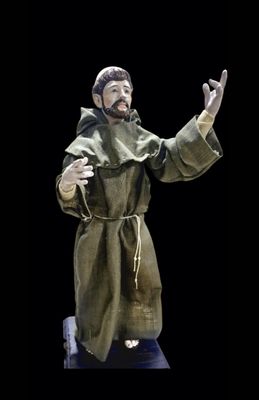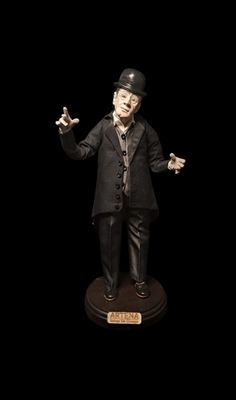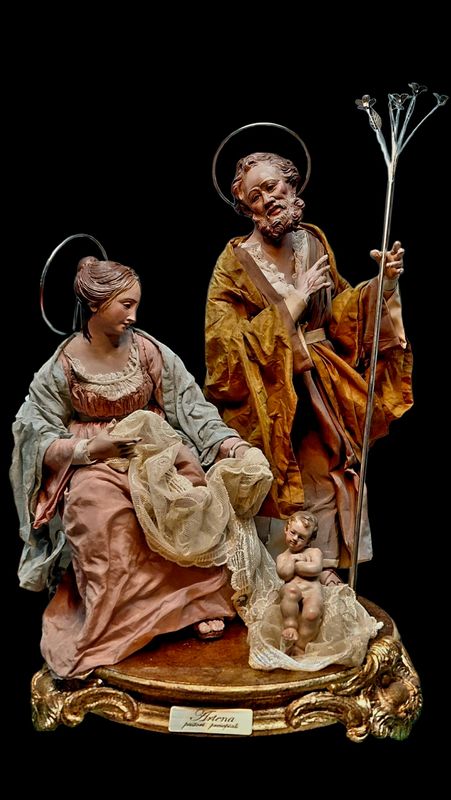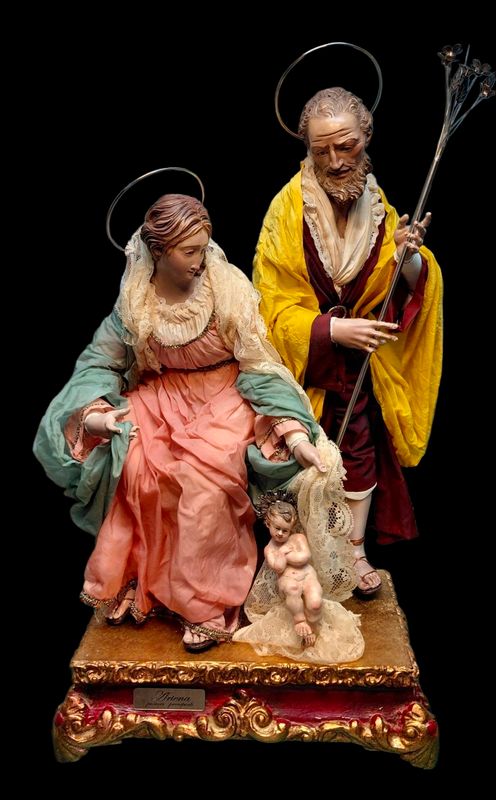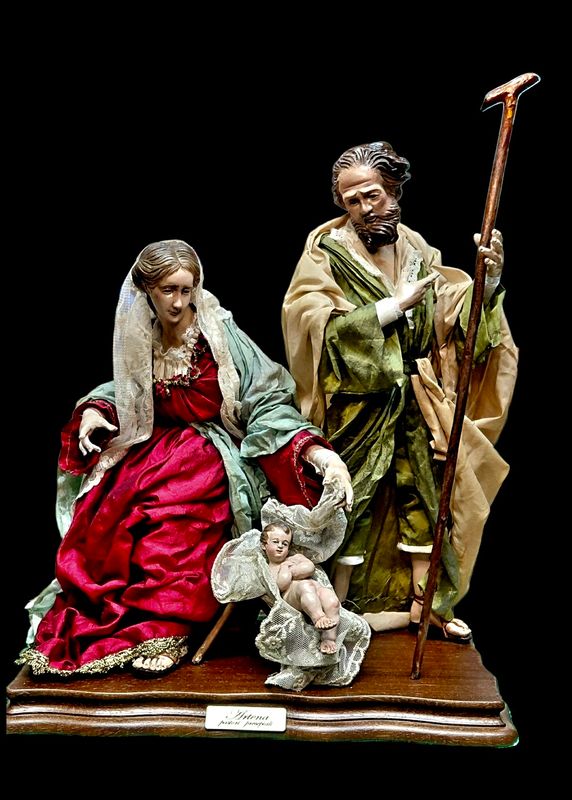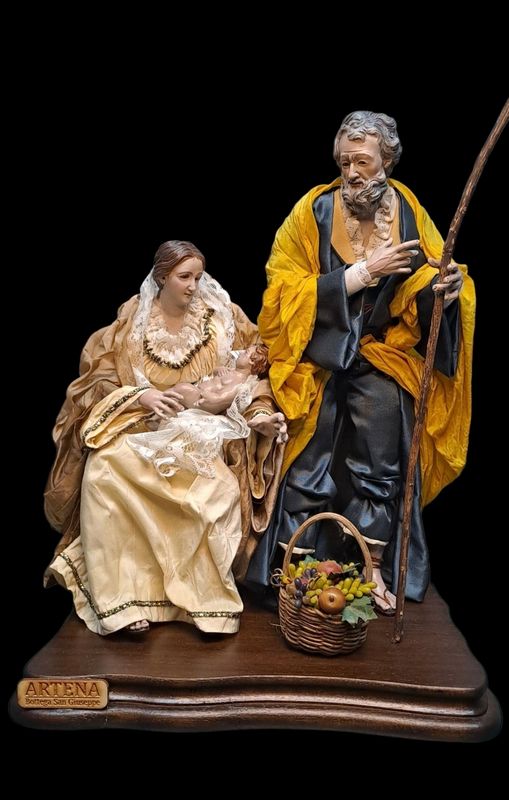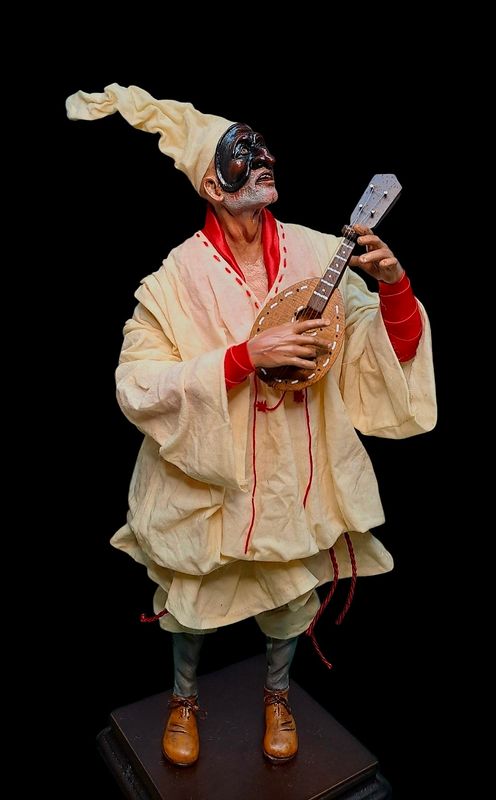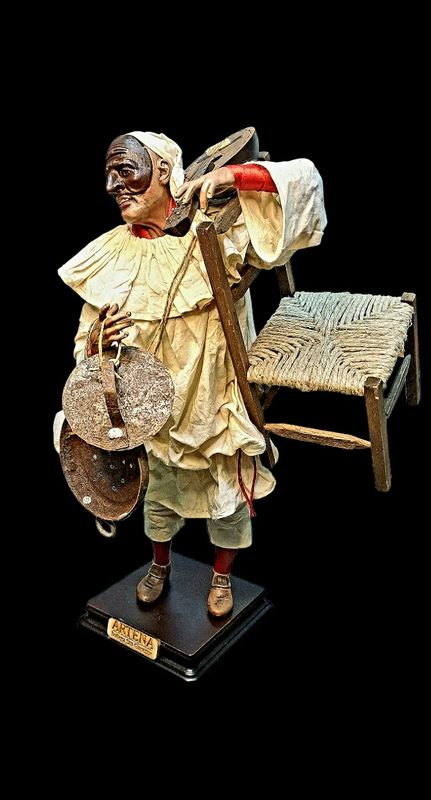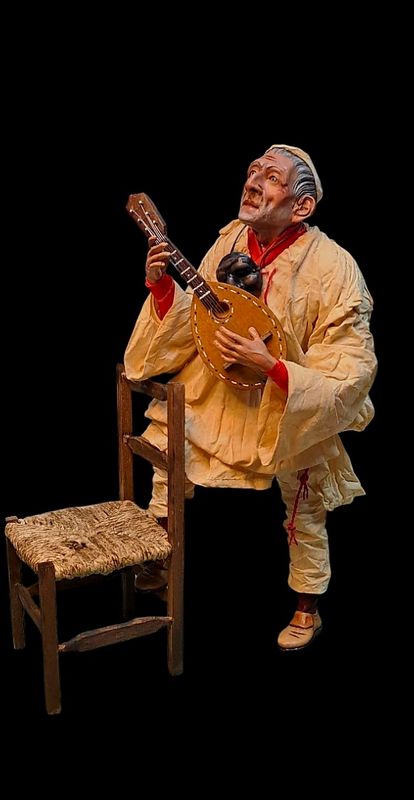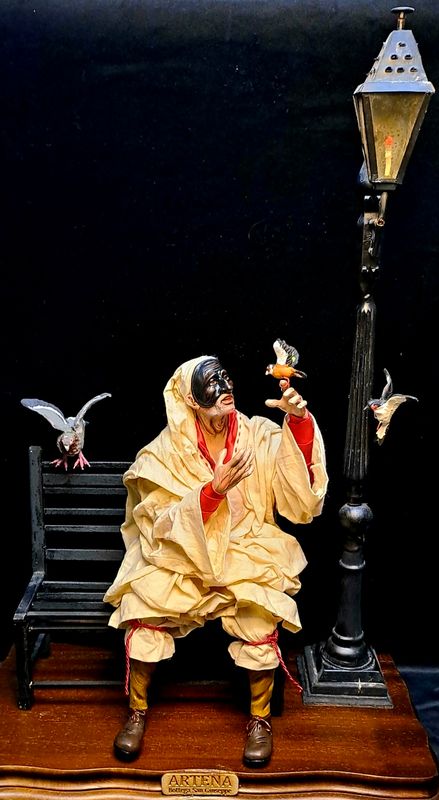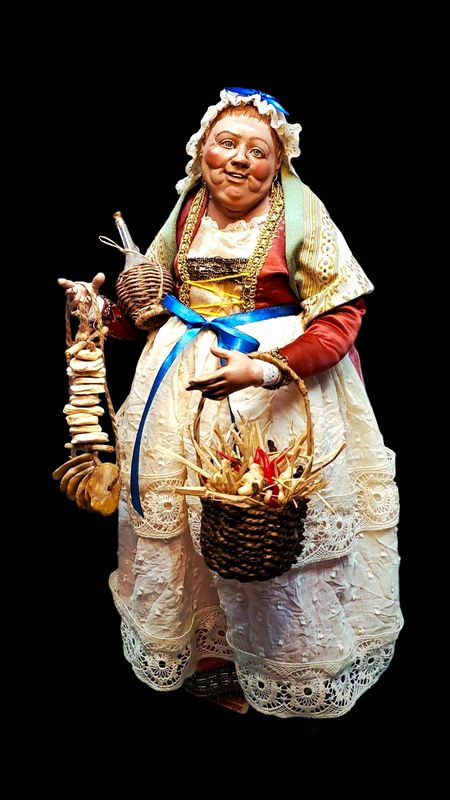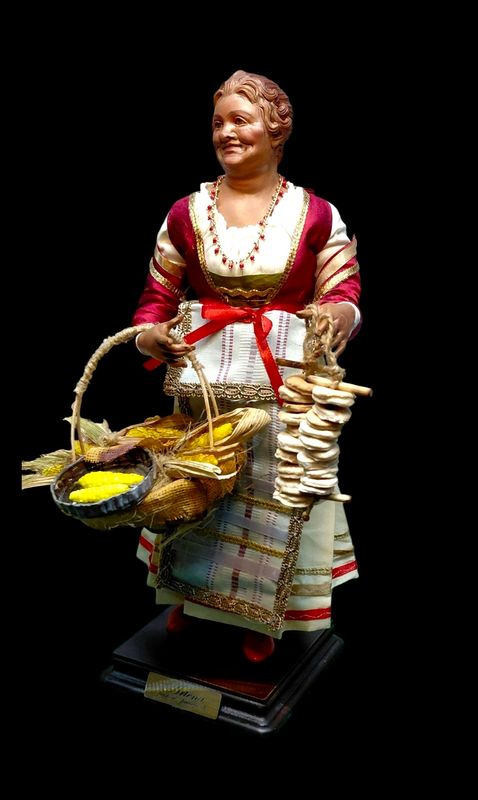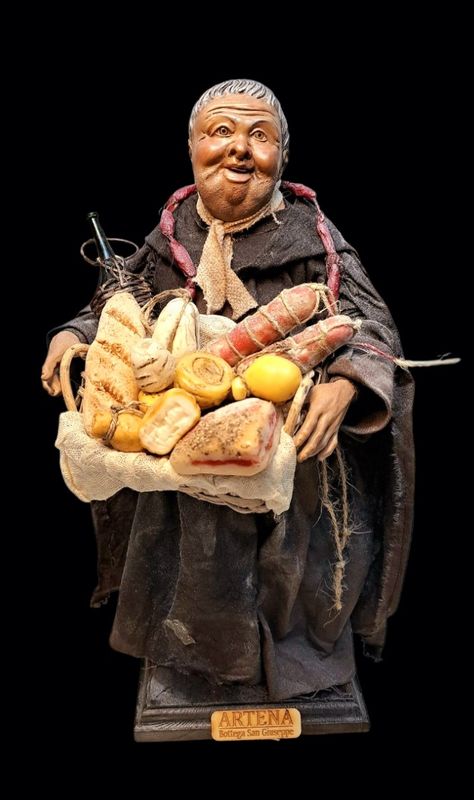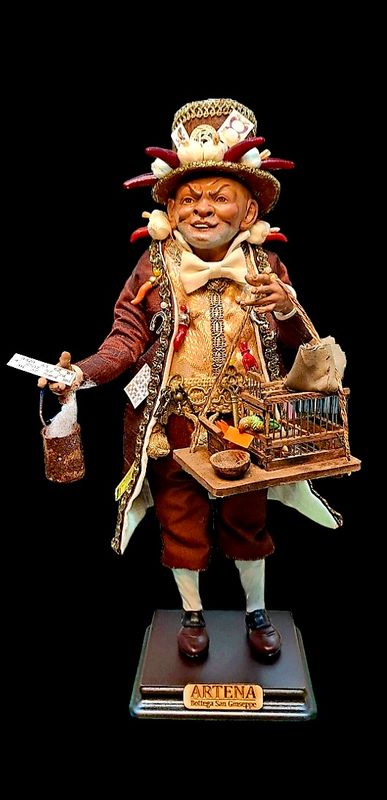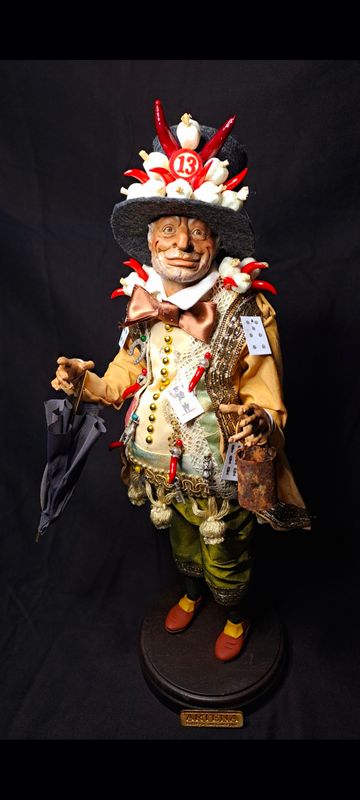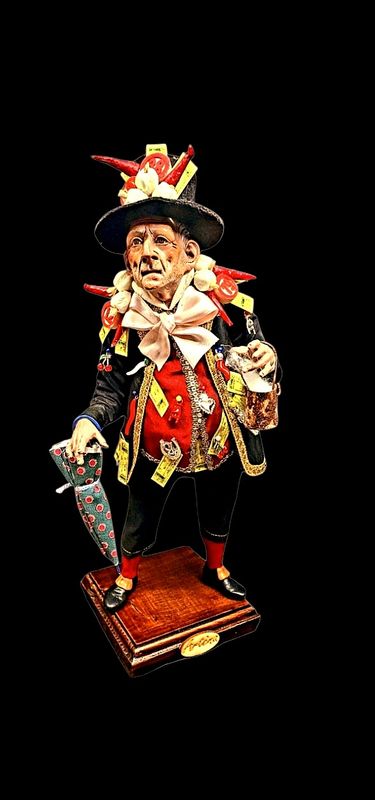The Neapolitan Nativity Scene...
The Neapolitan Nativity Scene is a tribute to the craftsmanship of the Campania capital, a place where the sacred and the profane, spirituality and everyday life, meet and merge. In the 17th century, the Neapolitan Nativity Scene began to expand, introducing scenes of everyday life. Statuettes of common women, shepherds, and fruit and vegetable vendors then appeared. This innovation appealed to local artisans, who created various types of figures. The Neapolitan Nativity Scene enjoyed its golden age in the 18th century. This was the model upon which further innovations were added in subsequent years. In Naples, the first nativity scene (or presepio) dates back to 1340, a gift from Queen Sancia of Aragon, wife of Robert of Anjou, to the Poor Clare nuns. It consisted simply of a cave, animals, and sacred figures. The San Martino National Museum in Naples preserves the statue of the Madonna. During the reign of Charles III of Bourbon, the Neapolitan nativity scene also acquired new values. So much so that the king himself commissioned one specifically for his court, to be displayed at the Royal Palace of Caserta (still open to visitors today). The Neapolitan nativity scene experienced its golden age in the 18th century, leaving the churches where it was an object of religious devotion to enter the homes of the aristocracy. Giuseppe Sanmartino (author of the Veiled Christ) was perhaps the greatest Neapolitan sculptor of the 18th century: highly skilled at shaping terracotta figures and founding a veritable school of nativity scene artists. Among the 18th-century Neapolitan nativity scenes, the best-known is the one donated by the writer Michele Cuciniello, who began collecting shepherds in the mid-19th century.
Featured Products
Display prices in:EUR
